This project turned out to be one of the longest running projects I had for a long time. With part failures, changes and upgrades it just never seemed to be done. Well I finally finished it up and it is going to stay this way now ( except I need to now replace the power supply ).
The aim of this build was to build the ultimate PC that “could have existed” back when I was at university. Back then most of the parts I am using now were just not obtainable for me and games just never ran well. Well here is the checklist I had:
- Quad Core Xeon X5460/X5450 Socket 771 CPU ( actual 775 era quads are expensive )
- Windows XP and Windows 10 dual booted
- Asus P45 P5Q Premium motherboard
- 8GB of 1066 ram
- decent CPU cooling/quiet rig
- SSD drives + data sata drives
- USB 3
- Ideally Sata III
- The latest and most powerful graphics card I could find that still supported XP
- SLI/Crossfire ( i dropped this idea in the end )
- Sound Blaster Live audio card
- Modern “sleeper” case
- Floppy Drive
- DVD Drive
Initial parts and issues
I initially started this build off with an old Asus P5k motherboard out of an old machine my parents had with a pentium 4 in it. It was in an old case with bad cooling and the motherboard was rather weak. I had also found a matched pair of Sapphire HD 3870’s on eBay that looked perfect for this build. Unfortunately they turned up broken as the shipping was awful, but fortunate for me, my dad figured out a resistor got knocked off the back of one and I spotted a cap that came off the other. So both cards came back to life but when I got the machine working it just didn’t perform like I wanted it to. As for the P5K board, well it developed an issue where it wasn’t keeping the bios settings even with a fresh CMOS battery and the overclocking was a bit unstable as well. On top of all of that, I even started with a Xeon X5450, but ended up getting a X5460 in a bundle so I swapped it out.
Getting the right setup
I ended up swapping over too Asus P5Q Pro and Premium boards ( my test rig now has the same setup ). To get the Socket 771 CPU working with a Socket 775 board you need to inject new microcode into the bios to accept the new CPU. It will boot without this but it will be missing some instructions and it will give a warning every boot up. The best instructions on how to do this is over on delidded.com. If you are looking for CPU’s you can use you can consult this list as well from delidded.
Once I had the base rig working I started looking at adding video cards and other addons. One thing to note was that I could transfer the Dual boot install of Windows 10/XP over from the P5K rig with only a reboot in safe mode to make it work fine. Something that caught me out was that XP will fail to boot if you change from IDE to AHCI or Raid mode, if this happens you can try to get it to work by changing it back and installing the AHCI drivers.
When it came to graphics, I was set on getting the most powerful I could with XP support. I was doing some digging and it appeared that the Saphhire R9 270X Dual X 2gb card still supported XP. The version I managed to get to work was 13.9 with Driver 9.00.100.18. I did actually buy two of these cards but found that it drew a lot of power and ran worse in Crossfire Mode so I went back to a single card.
For sound, I got my hands on an old Sound Blaster Live PCI card. This worked out of the box in XP but i actually had issues in Windows 10 as there was no official PCI drivers. Luckily there the KX Project that was made to bring Windows 10 support to these old and still good cards.
Hard drives was a bit of an interesting issue for me. I started with an SSD with the on-board Sata II ports but really wanted Sata III to open up the most speed of the drive. This caused nothing but issues. I had boot issues, performance issues, drive detection issues and XP just straight up failed to see the drive, i’m assuming due to no drivers for it. I actually gave up on this idea and just used the adapter for more sata ports. As for the storage drives, well I just filled up the case with all the old drives that came out of other rigs, mostly to use them up and get them out of my way.
Ram was also hard, trying to get the fastest ram I could find with nice heatsinks to try and not limit overclocking. I ended up with 8GB of G-Skill DDR-2 1066 ram. Windows 10 can see all of it and XP can see only 3.5 as I opted for a 32-bit installed.
To top it off, all of this is tucked away in a Fractal Design R3 case with cooler master CPU cooler and case fans, a nice modern look on the outside.
Overclocking & Benchmarking
This was one of the most painful parts of the whole build. I had to re-learn all the settings for overclocking with this build. The goal was to get to 4.1ghz with the Xeon’s as that was what had been seen on a lot of forums and youtube videos. I did get it to run at 4.1ghz and even do back to back Cinebench R15 runs no problems but it was randomly unstable, like Firefox would crash and it would randomly blue screen. I settled for a value of 400 on the FSB which was fine with the new ram I found and it gave me a 3.8ghz overclock, still not to bad at all. I have put some screenshot of my bios settings in here as well.
When I came to benchmarking, Cinebench R15 gave some interesting results. You can see it ran a 448 @ 4.1ghz but it was just too unstable even though it ran back to back. I dropped it down to 3.8ghz and it had a stable 410. I also ran the CPUID test getting 337/1333 and Novabench test at 1310 for stability as well.
Emulation
As I intended this rig to be a “do it all” rig, I also got an awesome setup of DosBox from my mate with the key games on it as well as Launchbox for all of the retro games. This rig even emulated PS2 games using PCSX2 pretty damn well.
Wrap Up
This turned out to be one of the hardest PC builds i’ve done in a while. Not because it was technically hard but because I had some much hardware failures, this was something that I came to grips with that old tech gets old, it was even worse in my “Ultimate 98” build. This build at least turned out exactly how I wanted and it showed me that an old Core 2 Quad era Xeon can still be a daily internet machine running Windows 10 in 2020.

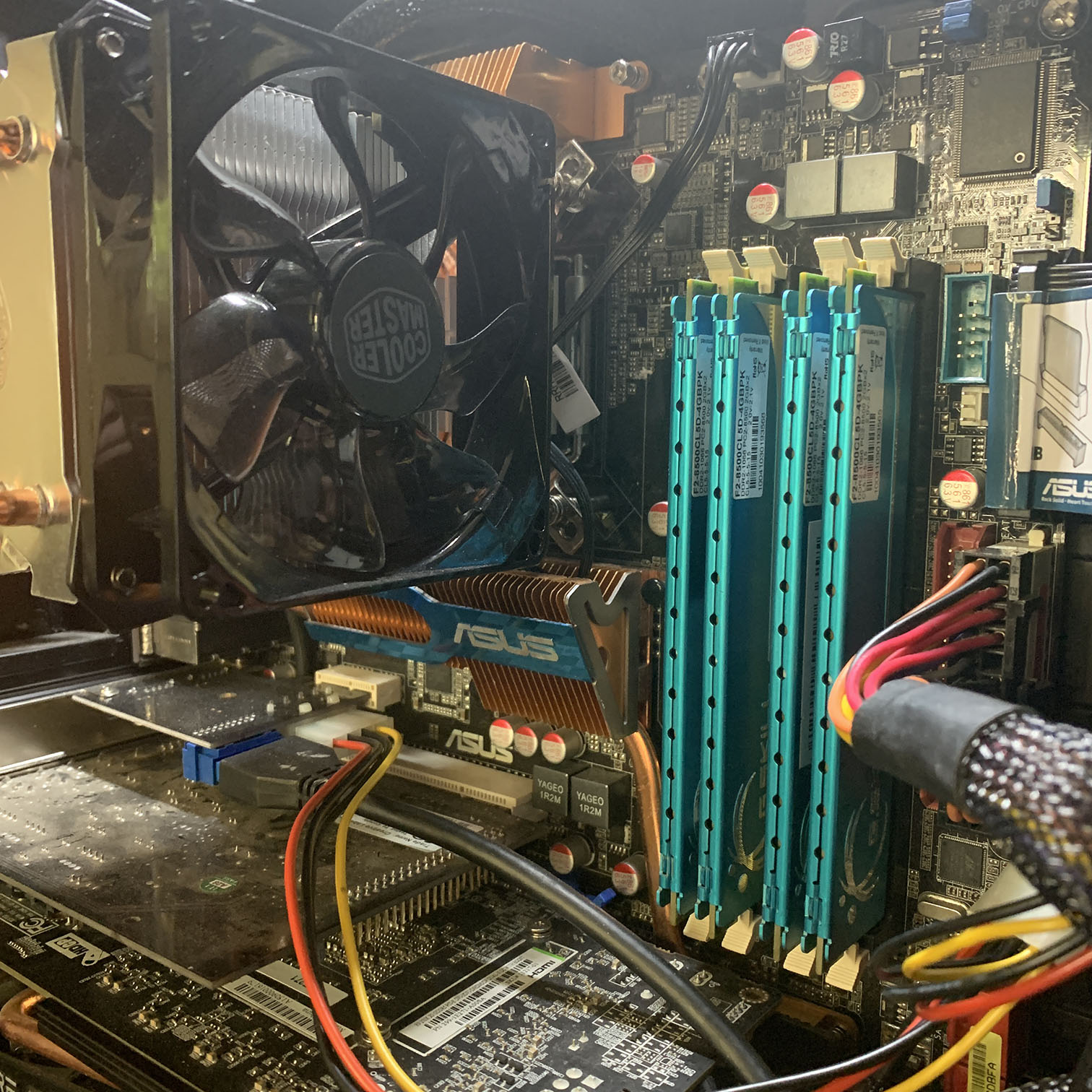
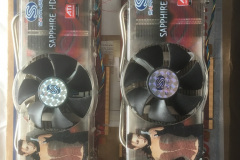
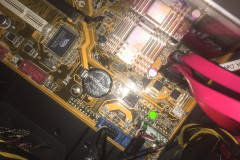
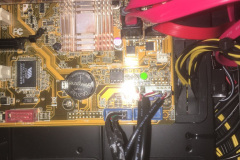
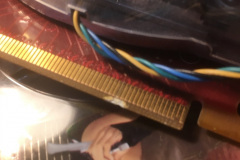
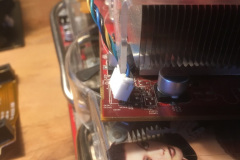
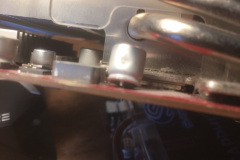
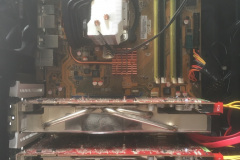
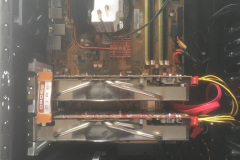
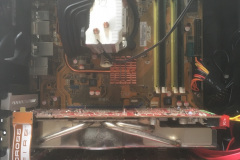
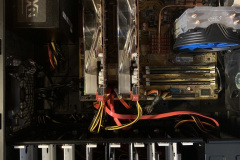
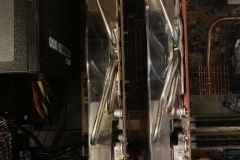
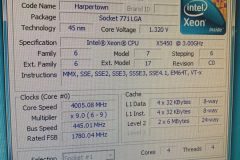
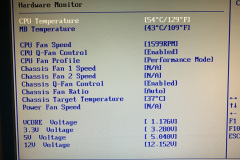
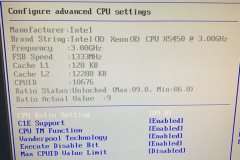
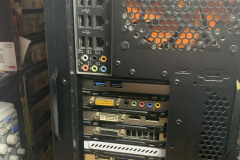
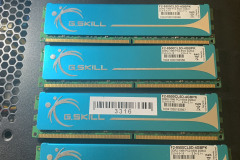
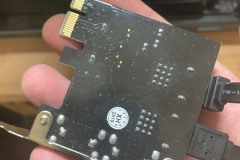
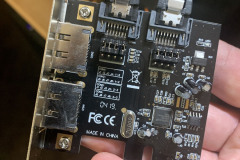
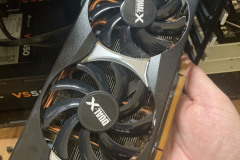
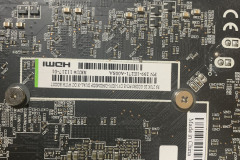
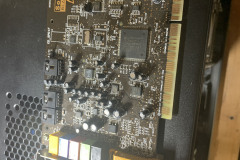
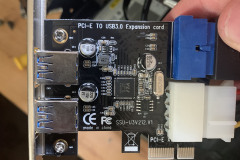
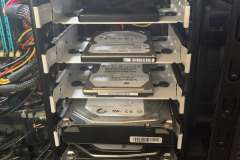
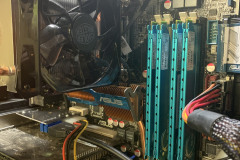
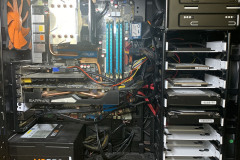
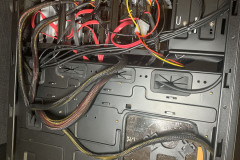
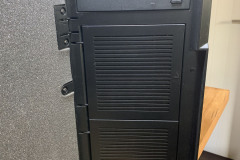
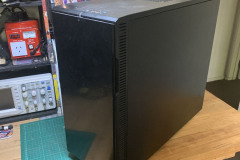
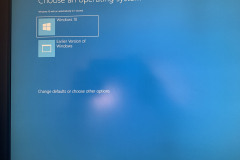
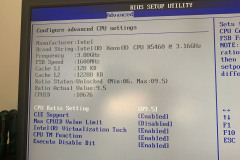
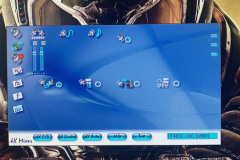
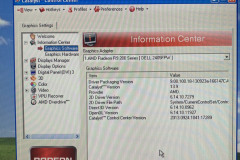
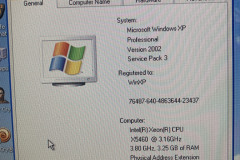
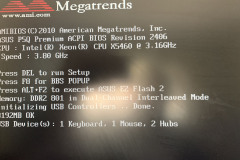
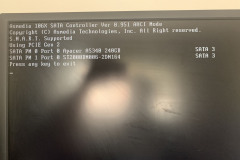
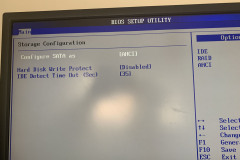
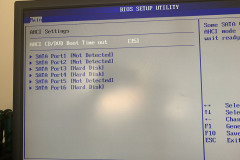
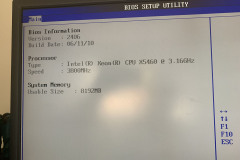
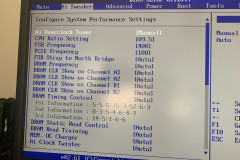
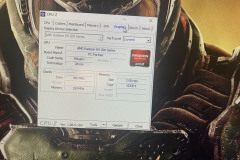
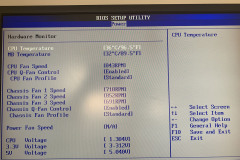
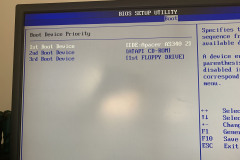
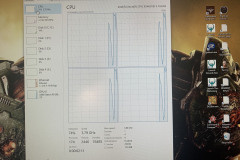
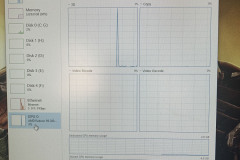
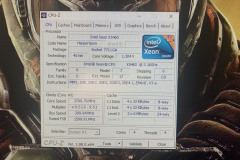
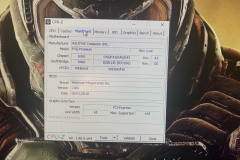
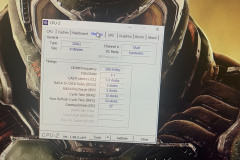
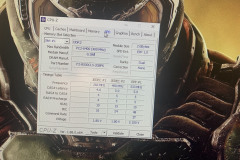
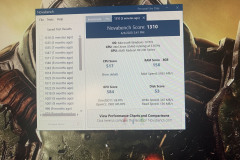
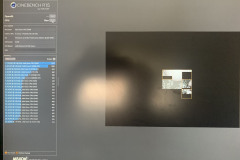
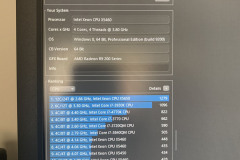
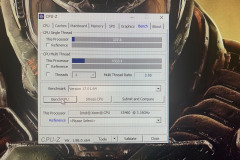
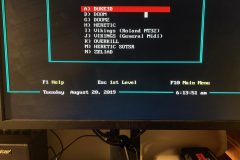
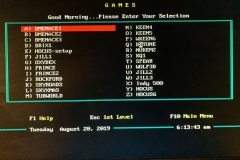
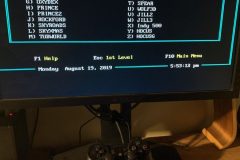
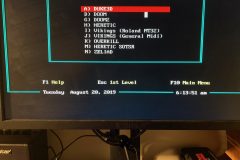
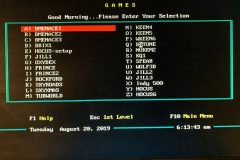
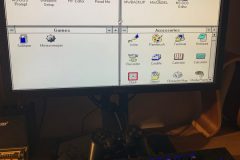
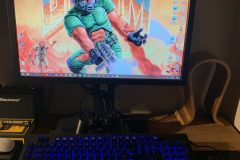
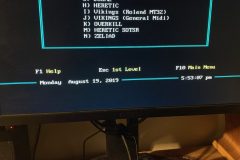
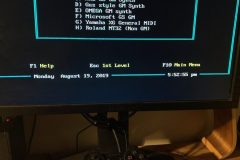
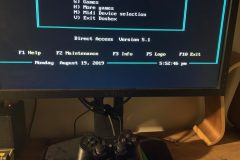

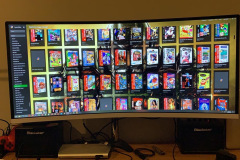
0 Comments